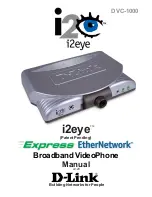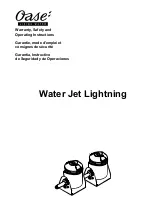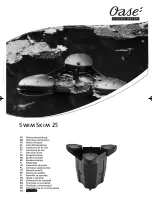
MERLIN LEGEND Communications System Release 5.0
Feature Reference
555-650-110
Issue 1
June 1997
Features
Page 93
Call Waiting
■
A call received on an automatic dial-in tie trunk
■
A call transferred to the extension
■
The user does not hear a call-waiting tone for a call received on a personal
line unless the business subscribes to call-waiting service from the local
telephone company.
The person receiving the call-waiting tone has these options:
■
Ignore the new call and continue with the current call; the caller continues
to hear the special ringback.
■
Complete the current call, hang up, and answer the waiting call when it
rings; the caller hears normal ringback.
■
On a multiline telephone, put the current call on hold and answer the new
call using an ICOM Originate Only or SA Originate Only button (if one is
available) by using call-waiting pickup. Call-waiting pickup is activated on
an ICOM Originate Only or SA Originate Only button by pressing the
Feature button followed by
87
or by dialing
#87
.
■
On a single-line telephone, put the current call on hold by pressing and
releasing the switchhook or the Flash or Recall button. Dial
#87
to answer
the waiting call.
Considerations and Constraints
3
A user can have more than one call waiting. If there is more than one call waiting,
then a user who activates call-waiting pickup answers the individual calls on a
first-come, first-served basis.
Call Waiting is not activated if a line button of the appropriate type (such as ICOM
or SA) is available to receive a call.
An extension programmed as a fax extension can activate Call Waiting so that
callers can wait until a fax machine is available. To prevent disruption of a fax
message in progress, a call-waiting tone is not sent to a fax extension.
If a person with Call Waiting on is in the process of dialing and receives a call, the
touch tones generated while dialing cancel the call-waiting tone. As a result, the
person may not be aware that a call is waiting.
Telephone Differences
3
Queued Call Consoles
3
Call Waiting cannot be used on Queued Call Consoles (QCCs); the calls are
already queued. The operator releases a call to a busy extension either by
selecting
Camp On
from the display or by pressing the Release button. If Camp-On
is used, the call does not return to the QCC queue until the Camp-On return
















































